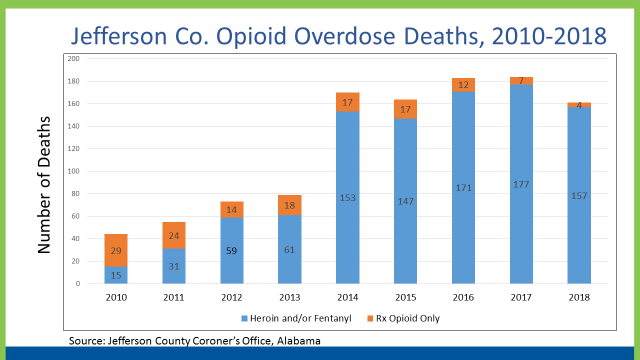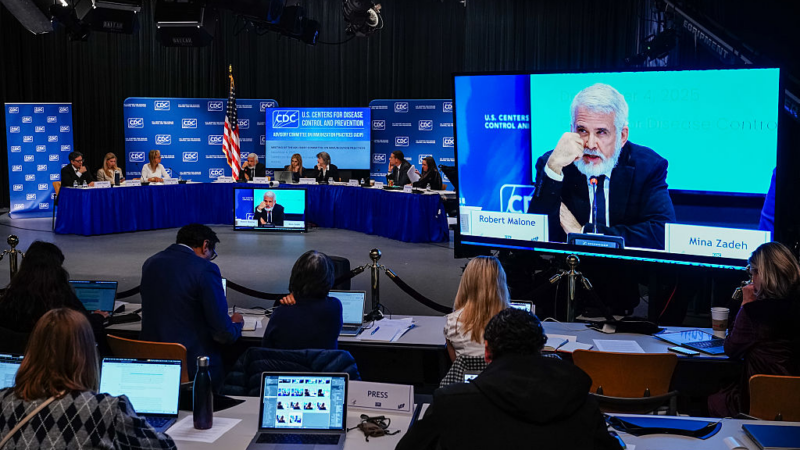UAB Launches Program to Improve Treatment of Opioid Overdose
UAB’s Emergency Department (ED) is starting a new program to better treat patients with opioid use disorder. The initiative, funded with $1.5 million from the U.S. Department of Health and Human Services, focuses on increasing the use of Medication Assisted Treatment Protocol (MAT). This treatment relies on a drug called Suboxone, which reduces withdrawal symptoms for patients recovering from an opioid overdose.
Dr. Erik Hess, vice chair for research in UAB’s Emergency Department, says Suboxone is a very effective treatment for opioid use disorder. But the drug is not used as often as it could be.
“The government has actually made it a requirement for eight hours of training for any provider who wants to provide a subscription for it (Suboxone),” Hess says, “which has set up a pretty substantial barrier for most providers.”
Hess says up until recently, only three ED doctors at UAB had completed this training. The goal now is to certify at least 75% of the department’s physicians to administer Suboxone.
Another focus of the program is to better connect patients with resources once they leave the ED. This involves a partnership with a local referral hub called the Recovery Resource Center at Cooper Green Mercy Health Services.
The Recovery Resource Center will send peer navigators, people who themselves are in long-term recovery, to meet with patients at the emergency department. Navigators will help patients transition out of the ED and find long-term treatment options.
UAB’s new program is funded for three years. During that time, officials expect to enroll more than 500 patients. They hope to see a 30% decrease in the number of deaths due to opioid overdose in Jefferson County. According to the Jefferson County Department of Health, 161 people died from an opioid overdose in 2018.
You read that white: Pantone’s 2026 Color of the Year is ‘Cloud Dancer’
This is the first time Pantone has chosen a shade of white. The company says it's "a lofty white that serves as a symbol of calming influence in a society rediscovering the value of quiet reflection."
CDC advisers delay planned vote on hepatitis B vaccine for infants
After a contentious discussion, the vaccine advisory group pushed the vote to Friday to give members time to study the language of proposed changes longstanding policy on the shots.
DOJ orders prison inspectors to stop considering LGBTQ safety standards
A memo obtained by NPR shows the Justice Department is telling inspectors to stop evaluating prisons using standards designed to protect trans and other LGBTQ community members from sexual violence.
U.S. reconsiders Tanzania ties after deadly post-election crackdown
The U.S. is "comprehensively reviewing" its relationship with Tanzania after hundreds were killed in a violent post-election crackdown.
How old is your music taste? Spotify will tell you, though you may not like it
Spotify Wrapped is bluntly telling users their "listening age," which in many cases is several decades older or younger than their actual age. It's a calculated strategy.
Tune in to a mini-concert with Nation of Language
The New York band performs tracks from their latest album, Dance Called Memory.







